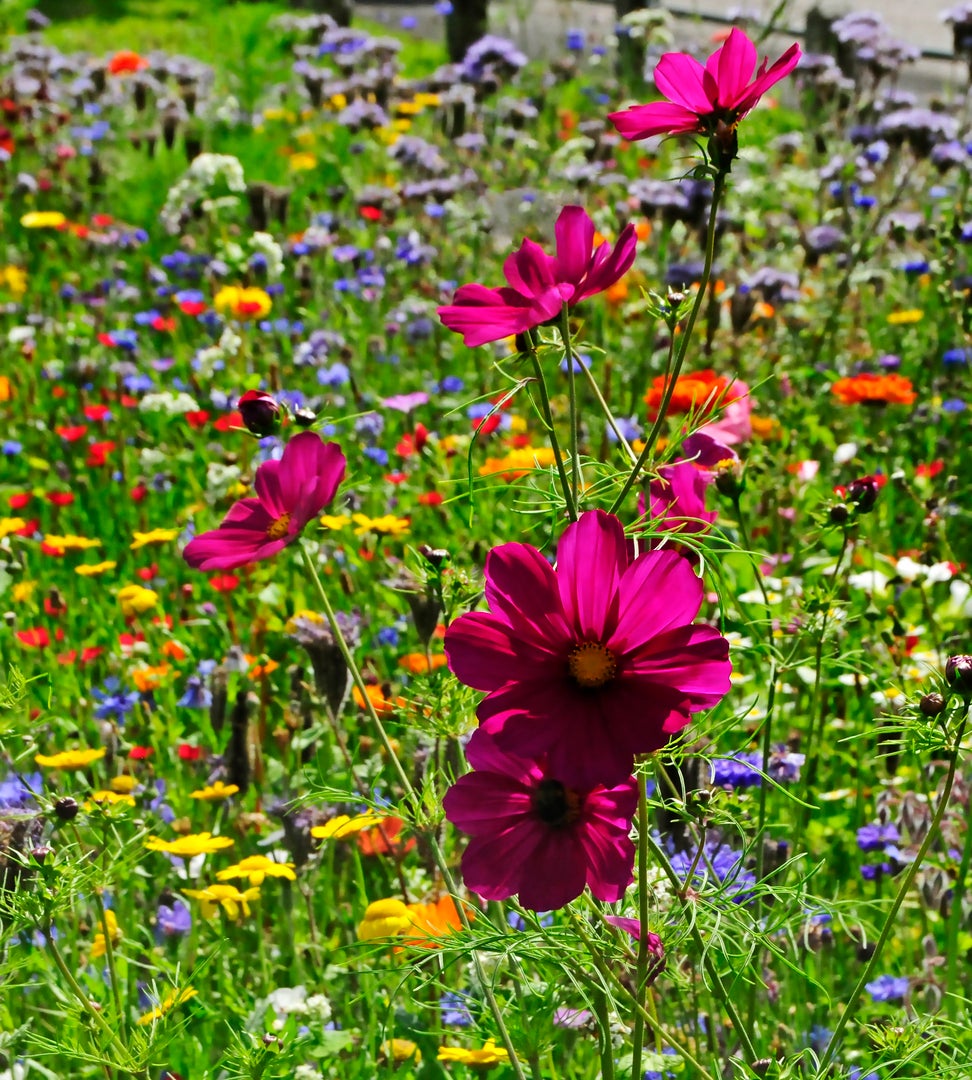Do Native Plants Need Fertilizer: Learn About Feeding Native Plants


There are many reasons to grow native plants, and one of the greatest benefits to busy gardeners is that robust native plants require very little maintenance and they have no need for toxic chemicals that often find their way into nearby lakes and streams. It’s normal for gardeners who are accustomed to fussy, high-maintenance flower beds to wonder how to fertilize native plants, or if feeding native plants is even necessary. It isn’t. Read on while we explore the question, “Do native plants need fertilizer?”
Fertilizer for Native Flowers
Do you need to feed native plants? Native plants are adapted to the local environment, and most are accustomed to growing in difficult conditions. Feeding native plants isn’t necessary because the plants take their nutrients from the soil.
In fact, when it comes to feeding native plants, fertilizer can be very harmful. The plants have evolved in low fertility native soil and most are sensitive to chemical fertilizers that can burn the plants or make them weak and floppy.
Feeding Native Plants
Although native plants require no fertilizer, you can improve their growing conditions if your soil is poor. Here are some tips on growing native plants without fertilizer:
If your soil contains a lot of clay, improve drainage by digging in a generous amount of organic matter such as compost or well-rotted manure. The same applies for sandy soil.
After planting, you can help native plants with a layer of organic mulch such as chopped leaves, pine needles, dry grass clippings, or straw. Mulch will keep the soil moist and will moderate soil temperature.
Plant native plants in their own area and don’t mix them with annuals and perennials that need a lot of fertilizer. This isn’t a healthy environment for native plants.
Sign up for the Gardening Know How newsletter today and receive a free copy of our e-book "How to Grow Delicious Tomatoes".

A Credentialed Garden Writer, Mary H. Dyer was with Gardening Know How in the very beginning, publishing articles as early as 2007.